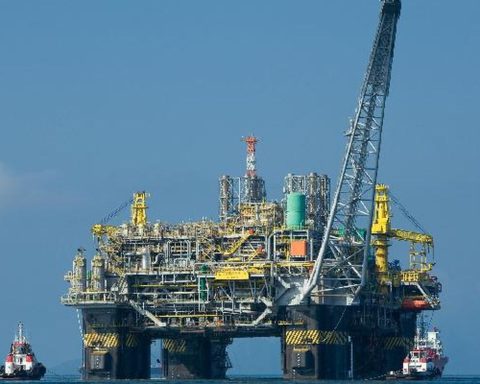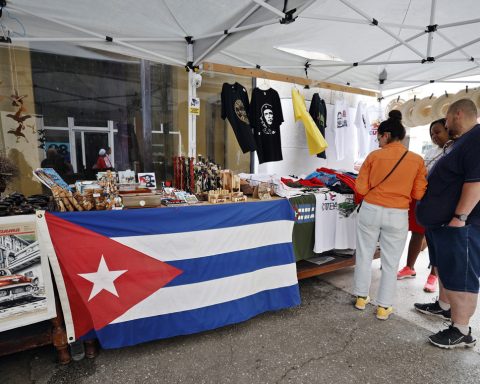The World Bank estimates that the economy of Latin America and the Caribbean will grow by 1.4% this year, at “a lower-than-expected rate and the lowest globally”. The reasons for the worsening prospects in the region are the lower price of commodities (commodities with international quotation), the higher interest rates in developed countries and the unstable recovery in China.
According to the institution, rates of 2.4% are expected for 2024 and 2025, still considered too low for “significant progress in poverty reduction”. However, the World Bank assesses that the region’s economies have proved to be “relatively resilient in the face of increased debt stress, inflation and increased global uncertainty”.
The assessments and forecast for the Gross Domestic Product (GDP, the sum of goods and services produced) for Latin America and the Caribbean are in the report The Potential of Integration, Opportunities in a Changing Global Economydisclosed this Tuesday (4th) by the international financial institution.
According to the report, to drive growth, countries need to preserve their resilience and take advantage of green industry opportunities and trends in the global economy to bring the production chain closer to domestic markets.
In a statement, World Bank Vice President for Latin America and the Caribbean, Carlos Felipe Jaramillo, said that the region had largely recovered from the pandemic crisis, but had unfortunately returned to the low levels of growth of the previous decade. “Countries urgently need to accelerate inclusive growth for all to benefit from development, and this will require maintaining macroeconomic stability and taking advantage of the opportunities that trade integration offers today,” he highlighted.
According to the Chief Economist for Latin America and the Caribbean at the World Bank, William Maloney, the Latin American region remains one of the least integrated, while trade openness and foreign direct investment flows have been stagnant or reduced over the past 20 years. . “Leveraging the region’s extraordinary comparative advantage in sustainable energy production, commodities needed for emerging green industries, and the region’s unique natural capital, offers a potential new source of growth, but will require policies to facilitate access to markets, capital and technology. global”, he evaluated.
The report suggests a series of public policies to advance regional integration. In the long term, these policies should involve reducing systemic risks, increasing investments in traditional and digital infrastructure, and improving human capital. In the short term, the suggestions are to preserve general stability, by promoting customs and transport regulatory advances, and to modernize export and investment promotion agencies.
Inflation
The World Bank assesses that, after recovering from the pandemic, the region managed “with relative success” the multiple crises caused by Russia’s war against Ukraine and the uncertainties of the global economy. According to the report, both poverty and employment have returned to pre-pandemic levels, while average inflation, with the exception of Argentina and Venezuela, should fall to 5% in 2023, after reaching 7.9% in 2022, lower than Organization for Economic Cooperation and Development (OECD) countries, 9.4%, and Eastern Europe, 18.8%, although above East Asian inflation (4.7%).
For Brazil, according to William Maloney, the drop in inflation expectations should lead to a reduction in interest rates. In March, despite the economic slowdown, the Central Bank of Brazil did not change interest rates. Market expectations around the government’s new fiscal framework also should impact the body’s next decisions on the Selic rate (basic interest of the economy).
In a report released in January, the World Bank forecast growth of 0.8% for the Brazilian GDP this year and 2% in 2024 and 2015.
According to the institution, the “relative success” of Latin America and the Caribbean in recovering from the pandemic reflects this “early and aggressive response by regional authorities, which led to falls in inflation in several countries”. “The authorities in Chile and Brazil have announced a pause in further increases. In most Latin American and Caribbean countries, inflationary expectations remain anchored and central bank targets should be achieved in 2024,” says the document.
However, on average, the fiscal imbalance remains high and debt levels are estimated to reach 64.7% of GDP this year, down slightly from 66.3% in 2022. “In addition, recent bank failures in the USA and Europe bring more uncertainties. We will still see the consequences on the banking system and capital flow in Latin America”, evaluated the World Bank.















